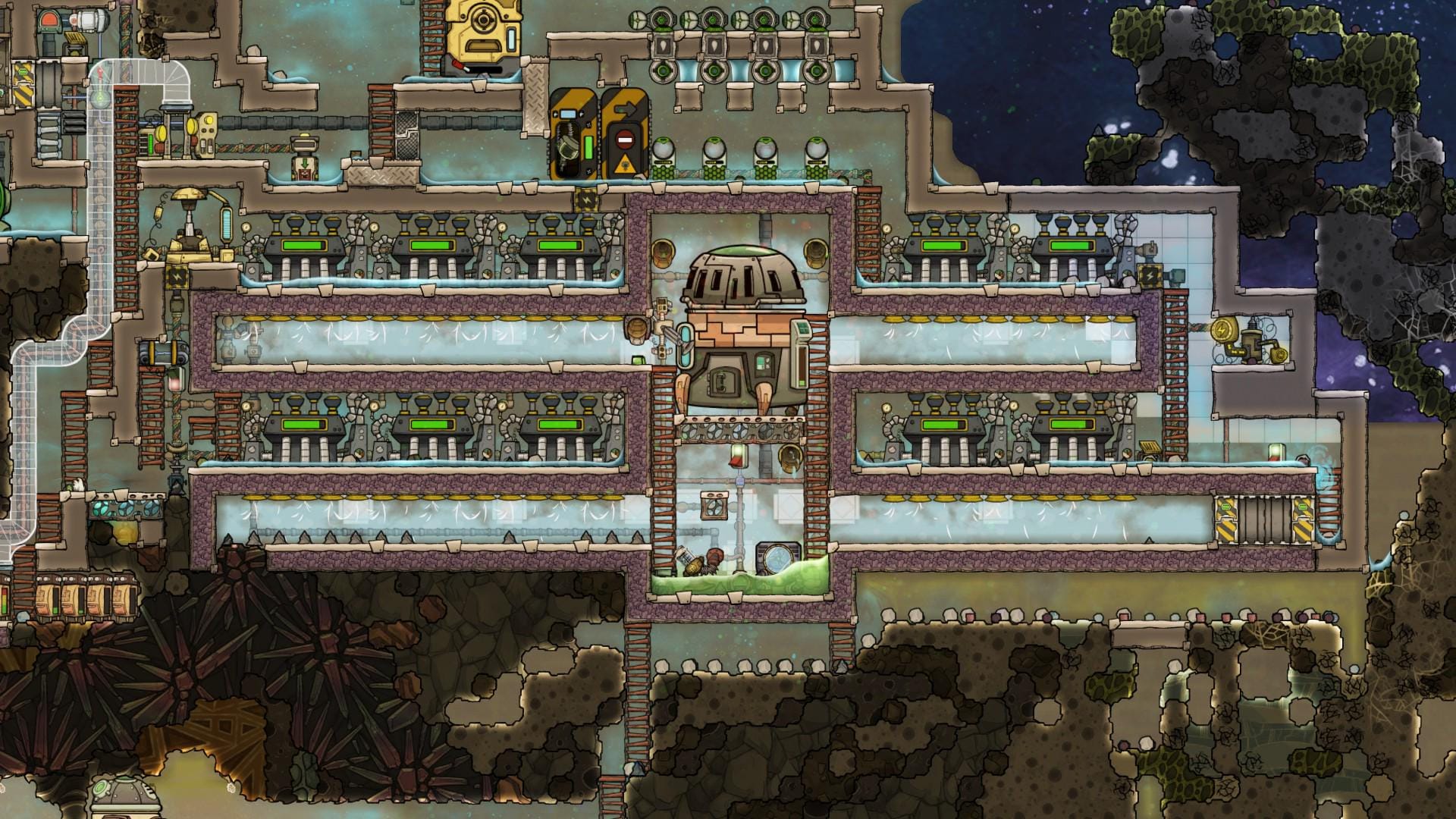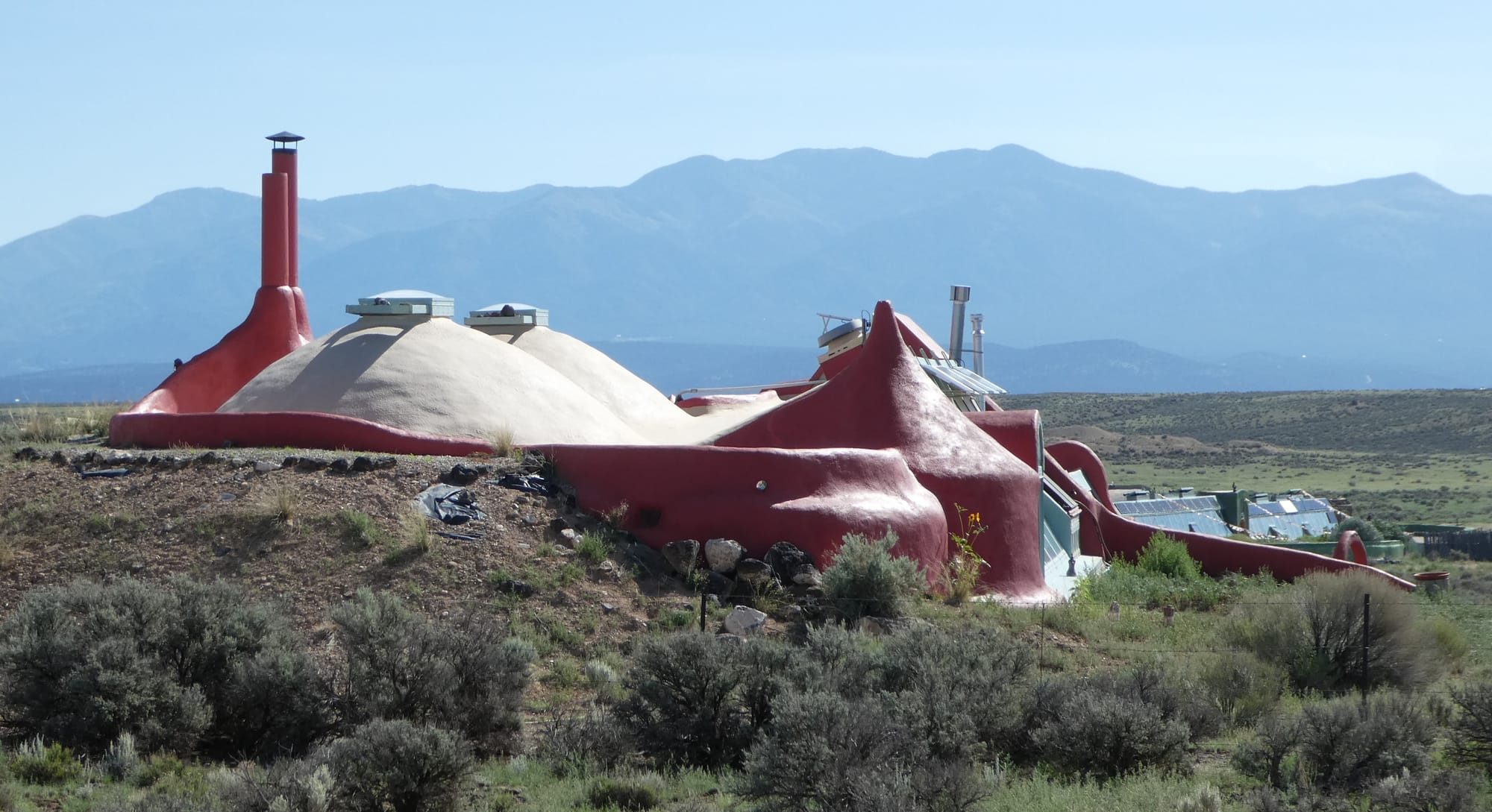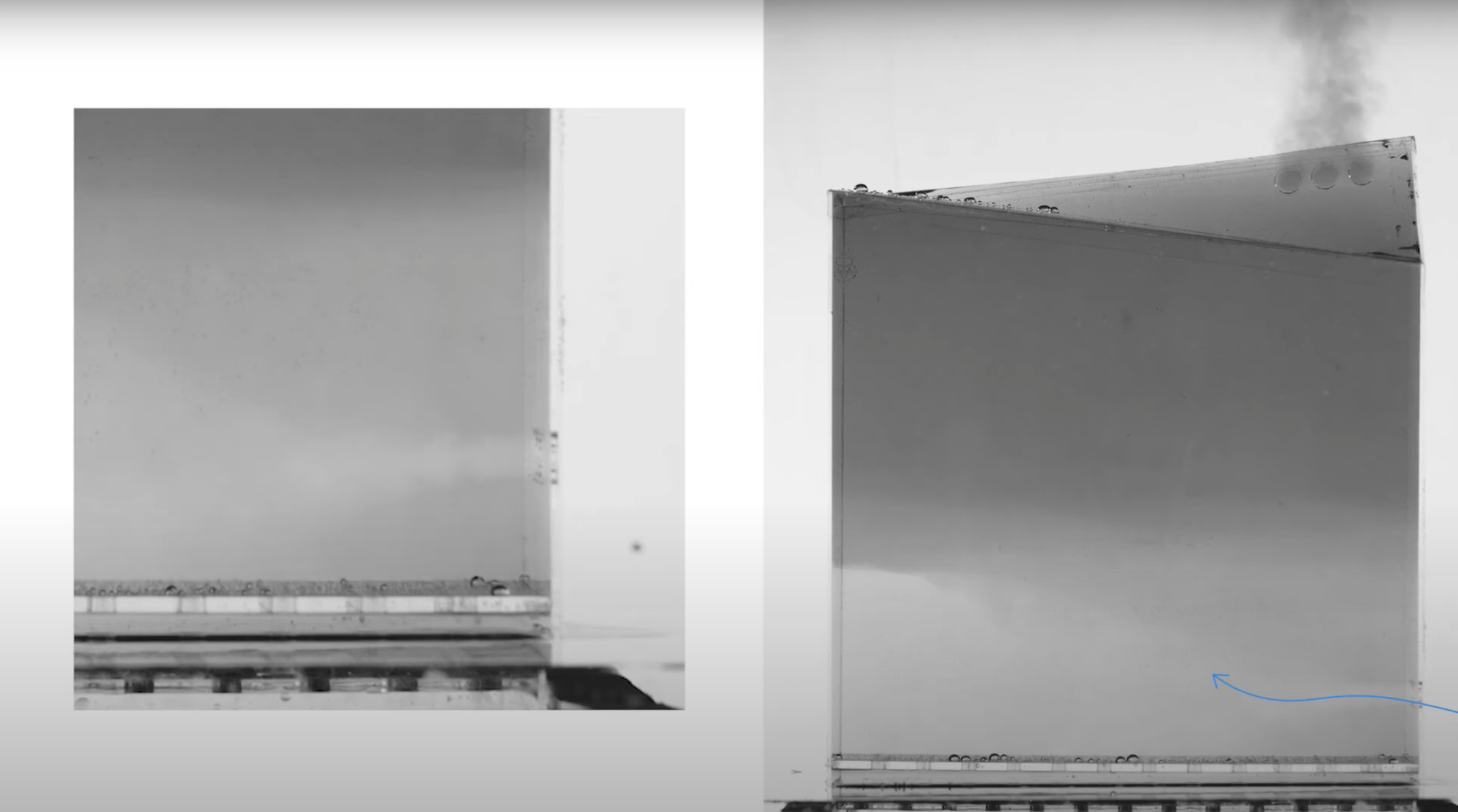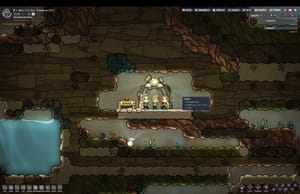In the space survival game Oxygen Not Included, your people start out in a cave. You see them bobbling around in the dark against the gem-like cross-section of an asteroid. You can see your surroundings are composed of different materials; you don’t really know what they do, but you see pockets of things that look alive, and faintly luminescent. And all you are able to do, as far as you can tell, is dig.
So you have your people dig. They start digging toward the alive-looking places. As they dig through the rock, it disappears — it’s been collected as mineral. Little tips start popping up on your screen, telling you that your people need oxygen. You realize the green rock they’ve been digging through is bubbling, and when you hover over it, the words “emitting oxygen” pop up, with a rate of grams per second. Too bad so much of it is now inert in your mineral collection.
Fortunately, your people know how to build little oxygen diffusers. But these need a power source, so some of your little people have to run on hamster wheels next to the diffusers, generating electricity. You can’t have someone running on a hamster wheel nonstop, but you learn to build batteries. As the tunnel system expands, you realize that the air quality falters further from the oxygen diffusers. Having oxygen diffusers and power generators and batteries scattered everywhere you need them isn’t ideal. Fortunately, your next discovery is wire: You can build a power circuit to get energy where you need it. Your people’s infrastructure is leveling up.
As the game progresses, you begin to think in longer timescales. You grow food, cycle water, handle your waste, and try to keep the environment habitable and your little people in good spirits. At every step, unforeseen complications may arise from your earlier choices.

ONI is a space survival game, but really it’s about how difficult it is to resolve, or contain, externalities. Systems are built piecemeal in response to immediate needs, only to reveal inadequacies later. Sometimes they’re torn apart and rebuilt; other times they’re patched and expanded haphazardly as new needs crop up. ONI is different from other games, and like the real world, in that survival requires a lot of reevaluation, adaptation, and maintenance of the physical surroundings people have built.
On the vast and varied Earth, there can be an illusion that inefficiencies are absorbed. Water and breathable air flow generously, and discarded things are spirited out of sight. But in a timed simulation or a space outpost, the world is visibly reduced. A game like ONI, which elevates constraints and requires players to confront them immediately, can clarify and remind us of the choices and structures that undergird regular survival. The real world also has constraints, and the consequences of poor infrastructural choices are felt somewhere. Ecological burdens can be shifted, temporally or geographically, but out of sight does not mean out of mind forever.
The “closed loop” aspect of space habitations has long inspired a certain approach to sustainable earthly architecture. The early 1970s were characterized by the confluence of environmental anxiety, technological advancement, and a pervasive feeling of resource scarcity in response to energy crisis. It makes sense in this context that the maximally constrained world of the space colony might serve as a metaphor for any kind of place designed for resource efficiency, self-containment, and self-reliance. Dreams of space colonization and sustainable architecture flourished simultaneously. From early on, influential designers and technologists drew connections between the two domains. Peder Anker, a historian of science, wrote in The Journal of Architecture about how contained environments in space came to serve as models for sustainability-minded earthly projects in the 1970s:
Most ecological architects believed that industrial society was doomed and that their task was to design bio-shelters or eco-arks modelled on space cabins in which one could survive if (or rather when) the Earth turned into a dead planet like Mars.
The hippie builders of earthship homes sought to make buildings that could provide everything needed for survival, producing their own energy and food, harvesting rainwater and treating wastewater and sewage. The designers of deployable structures intended for disaster zones took inspiration from the compactness and versatility of deployable structures designed for space applications. R. Buckminster Fuller, who popularized the geodesic dome as a model of material efficiency, coined the term ‘Spaceship Earth.’ And Stewart Brand, who’s better known for the Whole Earth Catalog and How Buildings Learn, also published a collection on space colonies. The flavor of modernism that emerged in Britain during this period was described as a movement toward “clean living under difficult circumstances.” In this context, the hermetic world of the space cabin could be imagined as the ultimate clean living. And, then as now, lessons learned for the sake of space travel could also be applied earthside. Space design, modernism, and green building provided distinct but parallel and cross-pollinating visions of the future.

On a less theoretical level, regular people wanted buildings that were airtight and energy-efficient. Less leakage meant lower bills. Tyvek home wrap was invented.
The oil embargo of 1973 also spurred on NASA’s early explorations of photovoltaics: U.S. agencies poured millions into solar research in search of an alternative to oil. The space program, Anker wrote, would help to germinate a new solar industry, whose clean energy “represented for many a possible transition from an age of fossil fuels to a brighter future based on space ecological technologies.”
The Trump administration is now proposing to slash NASA’s budget and dramatically narrow its mission. With regard to current events as well as to the 1970’s space colonization/green building alignment, I feel some tension or regret in the way dreams of containment and control emerge as a response to the difficult realization of global interdependence. While a closed ecological system in space is a useful ideal for some approaches to sustainable construction, the space colony or rocket ship can also be a limiting metaphor, better suited to escape than it is to environmental repair.
In practice, buildings on Earth are lovably permeable. The aim of all kinds of building strategies — HVAC, insulation, building orientation and window placement — is to manage this permeability with human comfort in mind.
For example, I’m really into building scientist Salmaan Craig’s explorations of new possibilities in natural ventilation and passive cooling. In “Lost Loops,” Craig describes the long history of solar heating and natural ventilation techniques. He proposes that the biggest shift in environmental design in the twentieth century was the homogenization of thermal space. Before we had HVAC to impose uniform temperatures throughout a building, thermal patterns dictated the arrangement of interior spaces. “Rooms were connected in stepwise sequences, linking to the exterior while producing a cascade of thermal environments.” Craig calls these sequences thermal knots, and suggests that we might be better off if we embraced knots and the thermal heterogeneity they require.

For occupants, this might mean expanding our definition of comfort and accepting indoor seasonality. For architects, it could mean leveraging rather than minimizing thermal exchange with the outdoor environment, looking to historical precedents, and adopting a wider range of strategies and materials for managing heat. Right now, I’m more excited by construction technologies that harness environmental variation than I am about technologies that would allow me to live indefinitely in a pristine capsule.
Scope Creep.
- Last week, a colossal power outage blacked out the Iberian peninsula for hours...
This issue is about buildings, bottlenecks, and breathable air — and how survival games sometimes reflect real-world infrastructure better than reality itself. Support Scope of Work to read on (and help keep the lights on).
Read the full story
The rest of this post is for paid members only. Sign up now to read the full post — and all of Scope of Work’s other paid posts.
Sign up now



